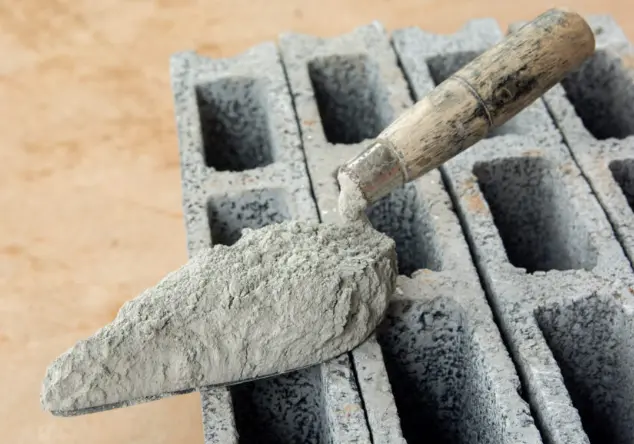When working with concrete, choosing the right trowel is essential for a quality finish. Whether you’re smoothing a driveway, pouring an interior slab, or detailing edges, your trowel will have a big impact on the surface texture, strength, and aesthetics of your concrete. Here’s a detailed guide to help you understand what type of trowel is best for different concrete jobs, and a few top product picks to consider.
Understanding Different Types of Concrete Trowels
Concrete finishing involves several stages, and the trowel you choose depends largely on which stage you’re at—floating, finishing, or edging.
-
Flote mayezyòm
Magnesium floats are lightweight and ideal for early-stage smoothing. They help bring bleed water to the surface and prepare the slab for more precise finishing. Because they don’t seal the concrete too early, they’re especially useful for air-entrained concrete. -
Steel (Finishing) Trowel
These are the go-to tools for producing a dense, smooth, and hard final surface. Made from high-carbon, stainless, or blue steel, finishing trowels are used once the surface has dried just enough to support a little pressure. Over-troweling or using steel too early can lead to issues like “trowel burn” or scaling, so timing is critical. -
Fresno Trowel
A Fresno trowel is essentially a large hand trowel attached to a long handle, allowing you to smooth wide surfaces without stepping on the fresh concrete. It’s excellent for medium-to-large slabs, such as patios or driveways. -
Pool Trowel
These have rounded ends to prevent gouging and are mainly used for decorative or architectural finishes. They’re great for curved edges or smooth, ornamental concrete. -
Margin & Pointing Trowel
These smaller trowels are designed for fine detail work—edges, corners, and small patches. A margin trowel has a narrow rectangular blade, while a pointing trowel has a pointed tip for tight spots.

Key Factors to Consider When Choosing a Trowel
-
Material:
‒ Magnesium: Lightweight and less prone to sealing in air; good for early finishing.
‒ High-Carbon / Hardened Steel: Durable and rigid; ideal for professional hand finishing.
‒ Asye pur: Preferred for tinted or white concrete because it resists rust and doesn’t discolor the mix. -
Timing of Use:
Using a trowel too early (while concrete is still very wet) can cause problems. As many finishers note, the concrete needs to reach the right consistency before the trowel passes. -
Finish Type:
If you want a very smooth, dense floor (like for a garage or indoor slab), a steel finishing trowel is suitable. For a non-slip surface (like an outdoor patio), you might stop after floating or use a broom finish.
Refleksyon final
There’s no one-size-fits-all “best” trowel for concrete—it all depends on your project:
-
Sèvi ak yon magnesium float in the early stages to prep the surface without sealing it too soon.
-
Switch to a steel finishing trowel for smooth, dense final surfaces.
-
Choose your trowel material (steel, stainless, magnesium) based on concrete type and finish.
-
For big slabs, a Fresno trowel can save you time and effort.
-
For decorative or rounded edges, go with a pool or rounded trowel.
-
Don’t forget smaller trowels like margin or pointing trowels for precise work.
By matching the right tool to your finishing stage and concrete design, you’ll achieve a cleaner, more durable, and more professional result.
Post time: Nov-21-2025






